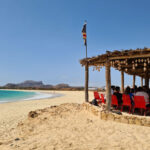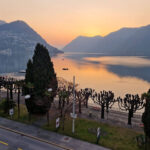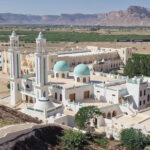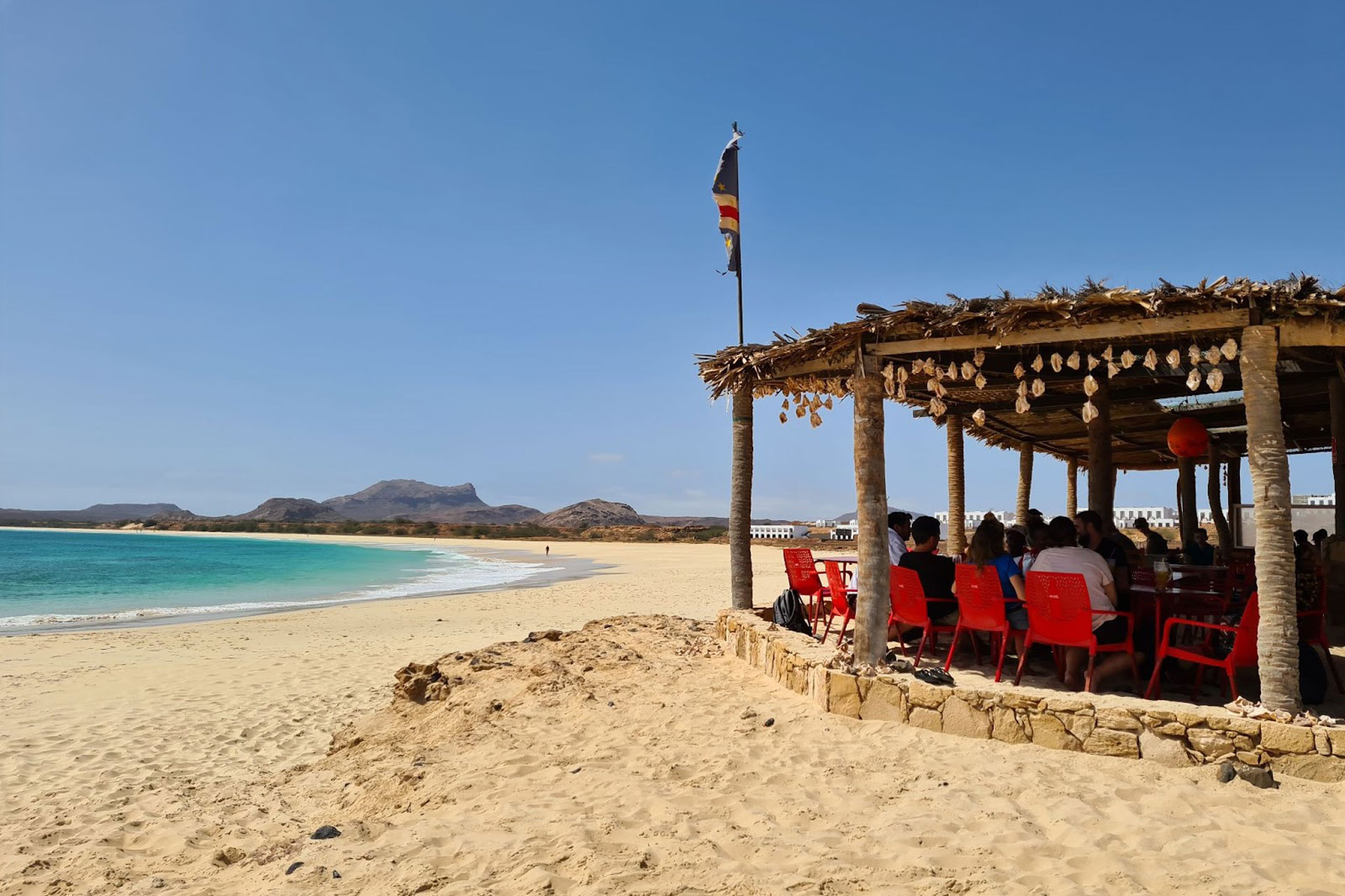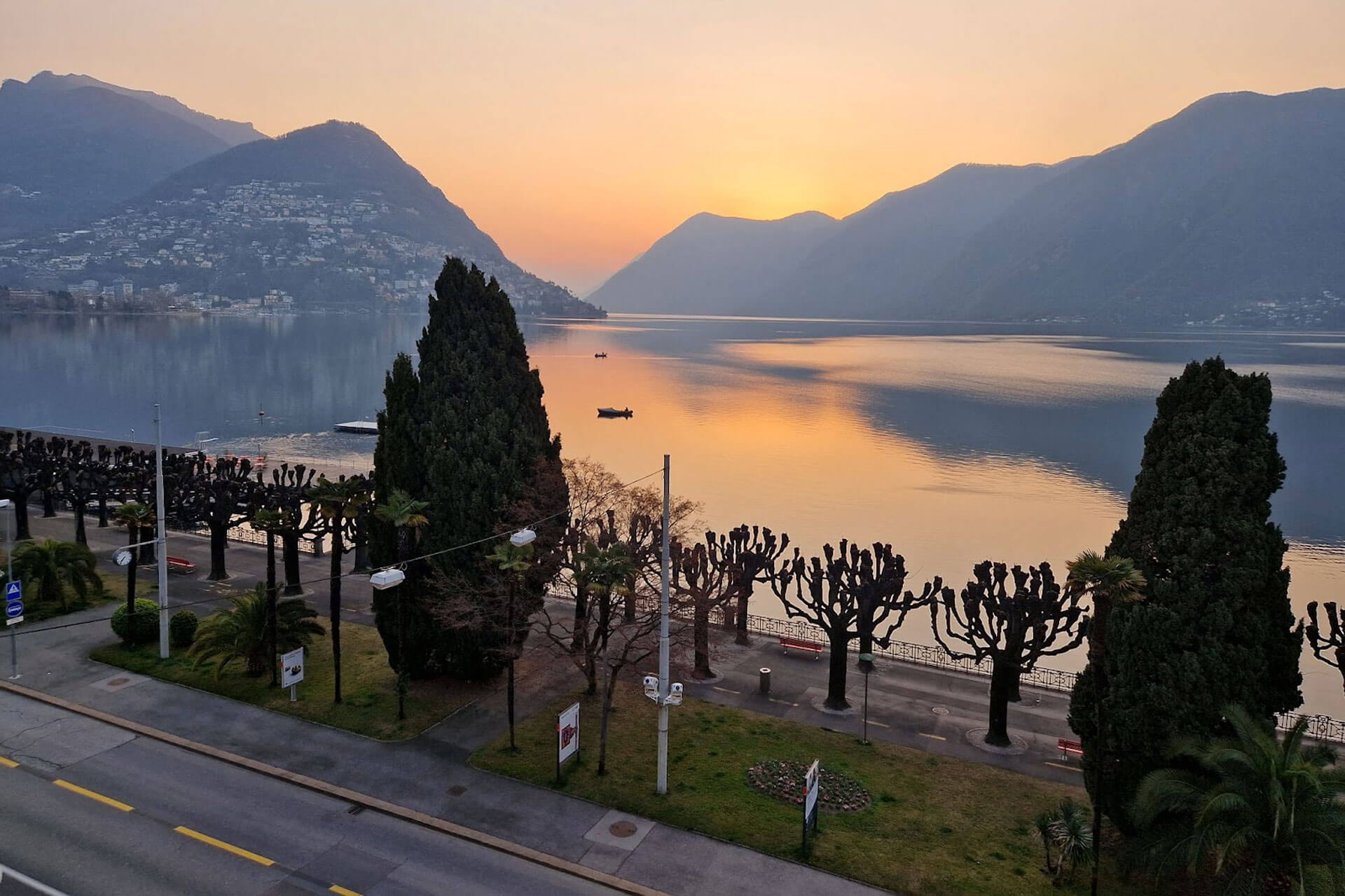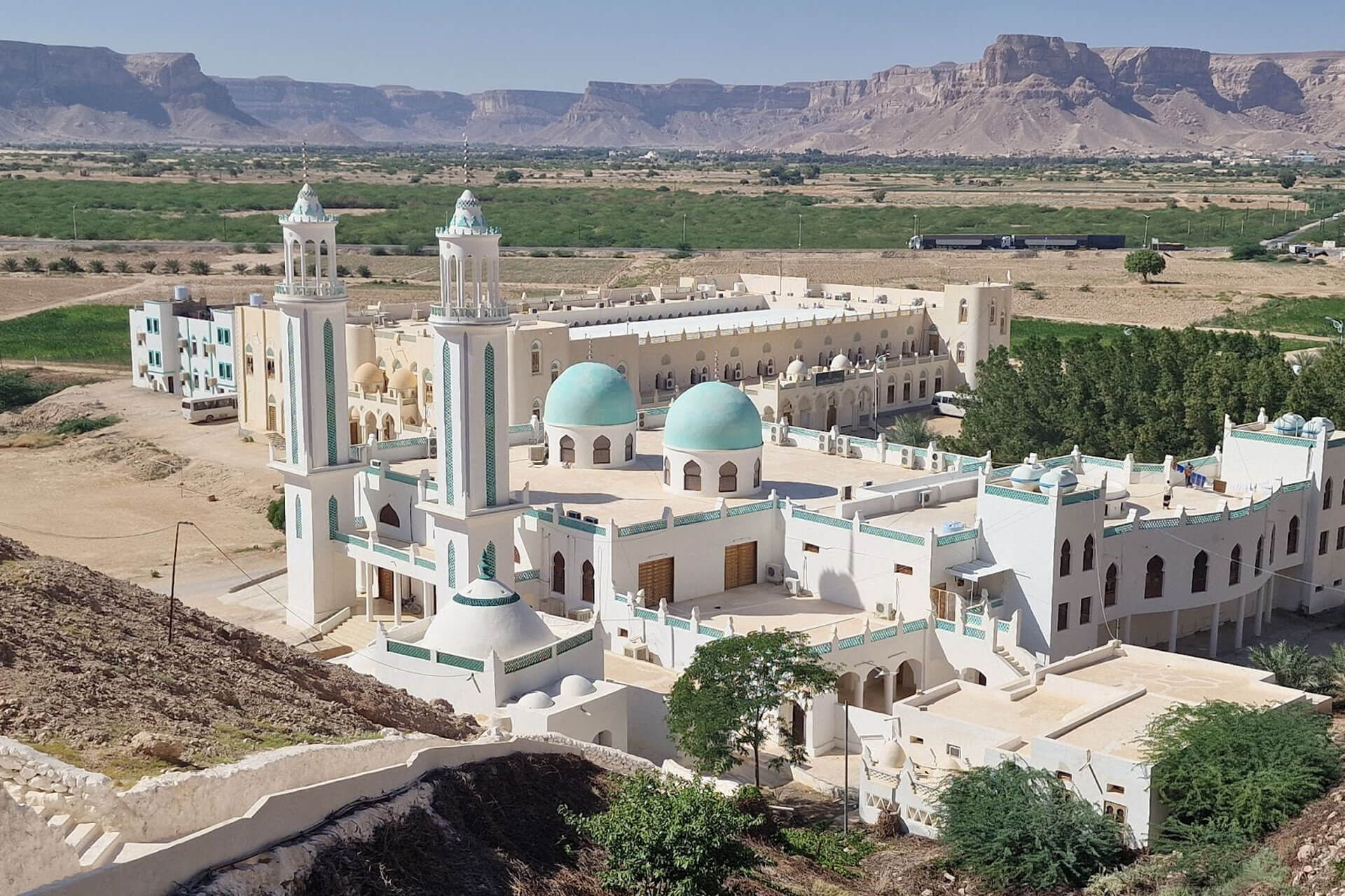ave you ever wondered what life is really like in Libya? This North African country has been the topic of many news and media reports, focusing on conflict and violence. But it’s much more than that – a world away from the western perceptions portrayed by the press. Once you look past the seeming unrest, there is an unquestionable beauty to be found in this tumultuous region, as well as fascinating rituals, delectable cuisine, and wonderful people who have a strong respect for their traditions. In order for you to truly understand what it’s like to live in Libya, we’ll look candidly at the country in this blog article, including both its successes and challenges.
Depending on your nationality, you may need to obtain a business visa to enter the country. I went to Libya in May and had fun dune bashing around the Sahara Desert with my Czech friends!
There are plenty of things to do in Libya besides this adrenaline-filled activity. I’ll take you around in a minute!
Before arriving in Libya, it’s highly recommended that you consult with local authorities and travel advisors for the latest information and recommendations. It took me 2 weeks to get a business visa as a “Financial Advisor” but I know some people waited for about a year until they receive the go signal.
My flight was €885 but it’s definitely cheaper when you’re coming from Tunisia, around €95-158, though these flights are less reliable. Traveling to “dangerous” countries costs more because of the increased risks and lack of infrastructure, our tour was over €1375 per person for 3 days.
When I arrived in Libya, I chose to dress modestly, though it’s not required to wear a hijab. It’s best to adapt to the local customs and wear loose-fitting, conservative clothing.
This is the Arch of Marcus Aurelius. When you have the chance to visit Libya, you should make time to visit this special ancient monument! It commemorates Emperor Marcus Aurelius’s victory over the Parthians in the Battle of Nisbis.
It’s located in the city of Tripoli, Libya. If you don’t know who that is, he was the Roman Emperor who ruled from 161 to 180 AD and is known for his philanthropic rule and stoic philosophy. The arch is made of white marble and is decorated with relics depicting Marcus Aurelius in a chariot, surrounded by his generals and soldiers.
Most Libyans understand varieties of the Arabic dialect. The minority spoke fluent English but we were able to communicate with words that they did know.
I was invited to have a traditional Libyan meal in one of the local homes in Ghadames, Libya. It consisted of a variety of dishes, including couscous, dates, bread, cheeses, and herbs. We drank tea with mint which is very common in the Middle East before heading out for some shopping. Ghadames is recognized for having a great selection of marketplaces where you can buy spices, cloth, jewelry, and other items. If you are looking for a great place to shop souvenirs, I highly recommend coming here and maybe haggle with vendors for their best prices!
Ghadames was known as the “pearl of the desert” and thousands of tourists love to visit this enclosed old town. But ever since the 2011 war that assassinated Muammar Gaddafi, visiting Libya had reached level 4: Do Not Travel advisory.
(gettyimages)
Muammar Gaddafi was the former leader of Libya who ruled the country for 42 years until his death in 2011. He made improvements in healthcare, education, and women’s rights but had a very oppressive side to him causing many grievances and suffering. Gaddafi was known as a strong advocate for African unity and even launched several initiatives aimed at boosting economic and political cooperation between African countries. I have run into projects or buildings financed by Gaddafi in several places such as Niger and Burundi.
Although you have to keep in mind that visiting attractions related to this former Libyan leader may not be considered safe or appropriate because his legacy remains highly controversial until this day.
Located close to the Mediterranean Sea, Leptis Magna is a must-see when visiting Libya. Although it’ll take approximately four or five hours from Tripoli to get there, your journey will be filled with breathtaking views that make every moment worthwhile! To gain an even deeper understanding of what you’re seeing and uncover more information about its history, consider hiring a local tour guide who can show you around as well.
(World History Encylopedia)
Get your camera ready when you arrive in the city, Leptis Magna has plenty of photo-worthy spots everywhere you look! Remember not to get caught up in the city’s breathtaking views and lose your bearings. Here’s a map by World History Encyclopedia that helped me get around the city. It was super helpful when I visited, so check it out. As you go around Leptis Magna, you can visit the highest point in the city, the Acropolis. You may explore the majestic ruins and soak in the most breathtaking scenery.
(iStock)
The city was founded in 11 BC, and by visiting this significant site, you can see the surviving arches and sculptures that have been maintained since then! You can also take a leisurely stroll along the Mediterranean Sea to watch the sunset and bid goodbye to another unforgettable day in Libya.
In Libya, the majority of the population is following Sunni Islam. Yes, there are also Christians but they are only a minority in Tripoli and other cities. Religious tensions and conflicts have increased over the years because of the ongoing civil war and political instability.
Mosques are places of worship for followers of Islam, and Gurgi Mosque is one of the historic mosques located in the old city of Tripoli, Libya.
There have been efforts to preserve the religious heritage and one was the Church of Cyrene. This is an ancient Christian church located in Cyrene, Libya. Cyrene was an important city in the ancient world, and the church is considered to be one of the earliest Christian churches in Africa. It was also the seat of the bishop of Cyrene!
Traveling to a new place can be scary, especially when it’s a country with a reputation for being dangerous. However, fear can’t hold you back from experiencing a once-in-a-lifetime opportunity!
That’s exactly what happened when I went to Libya. I was scared at first, but the warmth and kindness of the Libyan people quickly put me at ease. This was already the case with a wonderful Libyan lady that sat next to me on the plane, traveling back home for the first time after relocating to Paris. Her young family was very welcoming and they invited me to come over to their house. Everywhere I went, I was greeted with smiles and even got invited for tea in their homes.
Their hospitality was truly touching, and it made my time in the country so much more enjoyable. I was amazed at how welcoming and friendly everyone was, and it completely changed my perspective of the country.

